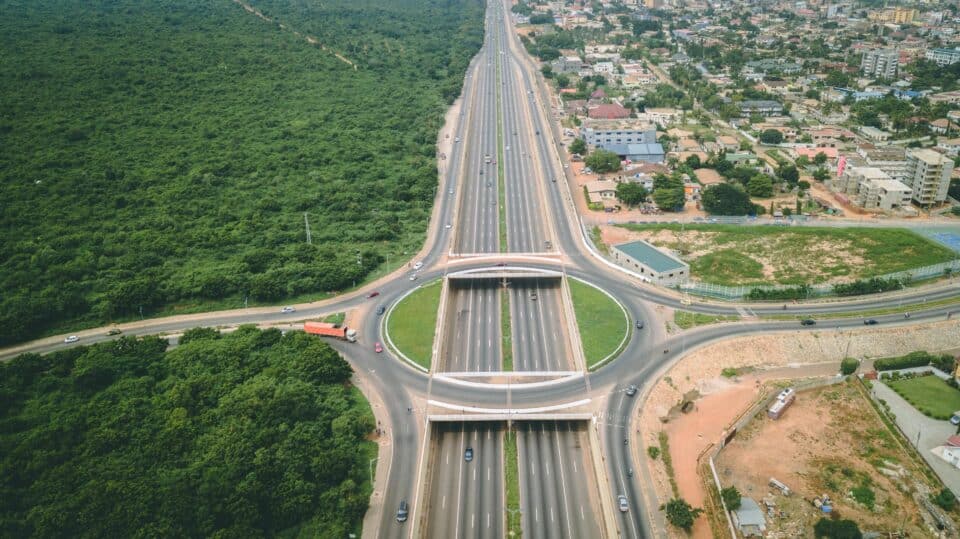Rural communities have been historically undeserved by financial services, particularly when served only by inadequate physical and digital infrastructure.
In emerging markets, regulators consider digital lenders and neobanks a key vector for reaching underserved rural communities for exactly this reason, because the technology they use allows them to circumvent the limits posed by infrastructure.
The importance of delivering digital financial services to these communities was highlighted by COVID-19. During the pandemic, lockdowns, job insecurity, and massive shifts in income compounded the already tricky issue of loan collection, which contributed to worsened cashflow for rural financial institutions.
In the aftermath, financial services firms big and small stepped up their efforts to digitalise their operations and insulate themselves from future shocks, while a whole raft of digital-first lenders emerged to take on the challenge.
What challenges do rural communities face?
- Poor physical infrastructure can make it difficult, if not impossible, for clients to travel to bank branches – if they even exist – and for staff to travel to the clients themselves to disburse loans and collect repayments. This puts severe limitations on an individual’s ability to access credit and financial services.
- This is compounded by the reality that many rural customers have neither access to a commercial bank account with online or telephone banking, or in many cases a mobile phone at all. This means a significant number of potential clients have no way to make a bank-to-bank repayment transaction other than in person, even where mobile penetration is improving.
- Furthermore, individuals in rural communities in emerging economies often lack accurate credit history, making credit scoring using traditional sources impossible. That’s because informal employment dominates in many rural areas, leaving prospective borrowers without a credit history. This makes loan decisioning difficult and exposes lenders to significant potential risk, depriving rural communities of much-need credit.
- Finally, many core systems rely on physical infrastructure based in local areas. If the rural area is struck by a natural disaster, there is a high chance this event will also have affected the financial services provider’s servers. This vulnerability to power shortages, weather events, disasters, and other disruptions places severe limits on business continuity and the ability to provide financial services to the communities that require them most urgently.
The right partner for the job.
Digital-first lenders and neobanks are well-placed to meet these challenges because they can deliver financial services and credit through digital channels, eliminating the need for physical bank branches. But to do so they need to select the right technology partner.
All these challenges are solved with the right technology partner. A cloud-based core system such as Oradian’s is the ideal springboard for consistent growth because it allows firms to operate seamlessly in isolated rural areas, and in the event of disruptions.
Although financial services firms are awake to the possibilities of digitalisation, many do not yet understand the difference made by selecting the right partner to take them on that digitalisation journey.
But firms serving rural areas urgently need a technology platform that is prepared for disruptions and disasters, and for the simple fact that some areas are extremely challenging to reach even at the best of times.
The right technology partner therefore places a premium on consistently providing its customers with continuity, stability, reach, and performance.
Making connections.
If the first challenge is simply to ensure rural clients are always linked to their bank or lender, Oradian’s ability to function in no- and low-connection areas is the solution.
Data is simply uploaded instantly to the core system as soon as the connection is restored, ensuring operations can continue smoothly in rural areas without a reliable mobile network service.
In areas with lower mobile penetration, the Oradian Edge field officer functionality enables staff to visit clients in the field, record transactions, and upload them to the central database once the connection has been restored.
This means field agents visiting rural customers can perform key actions such as loan collection and disbursement instantly and seamlessly.
This, in turn, means they can deliver financial services to customers previously unable to receive them.
Disaster avoidance.
In emerging economies, rural areas often bear the brunt of natural disasters. With infrastructure already inadequate, getting essential services to these communities in the aftermath of hurricanes, earthquakes, or floods can pose an enormous challenge.
This goes for financial services, too. Rural banks, digital lenders, neobanks, and Microfinance initiatives are a lifeline for these communities, as they provide easy access to credit, transfers, payments, and wages in the absence of traditional financial institutions.
But with the right tech partner, these firms can continue serving rural communities even in the worst of times.
Oradian has robust security and continuity protocols for its servers, which are placed in separate locations on the European continent, far away from disaster-prone areas. This ensures the natural disasters and weather events that affect rural communities will have no impact on a firm’s ability to provide financial services, eliminating serious threats to business continuity.
This means the core systems, loan management platforms, and other technology solutions used by lenders and banks can continue running, allowing them to rapidly disburse loans or transfer money to communities most in need of support.
This was particularly important for CAPS-R, a rural microfinance initiative based in Cebu, Philippines. During a typhoon in 2021, CAPS-R was able to coordinate its efforts to provide emergency financial assistance to rural areas affected by blackouts in the aftermath of the disaster:
“There was a massive blackout during and after Typhoon Odette,” CAPS-R told us. “So, in some affected areas there was no Internet connection for weeks or even months. We coordinated our operations with those branches with internet capability to print collection sheets for those without internet, to ensure the collections could go ahead.
“Oradian’s real-time data was very helpful in validating this during our assessment period. The dashboard data allowed us to monitor our members’ situations, such as who was not able to pay, or who had savings that they could withdraw to settle their accounts.”
Basis for growth.
Rural communities need digital finance more than ever. It’s a rapid, reliable route to credit, transfers, and payments for people underserved by traditional infrastructure.
But ultimately, for tech-enabled financial services firms to deliver their innovative products and services to these communities, they need the right tech partner to provide a stable, secure launchpad for growth.
The right technology partner can protect businesses from the danger of inadequate rural infrastructure, poor connectivity, and natural disasters. To find out how Oradian can be that partner, get in touch today.




